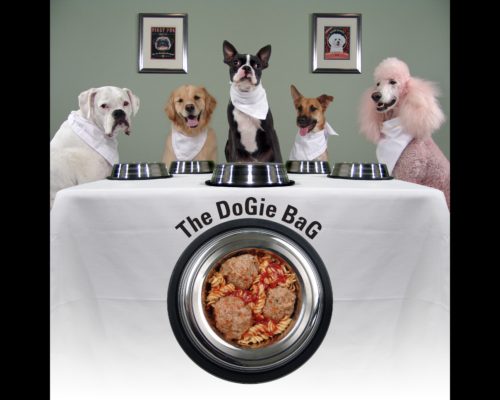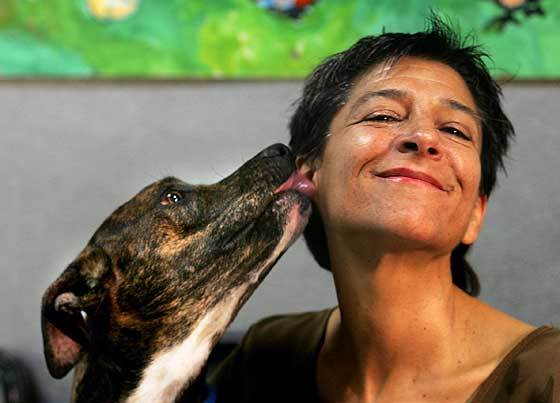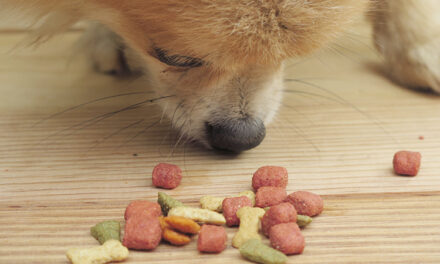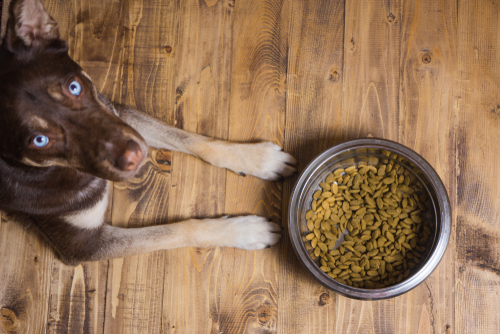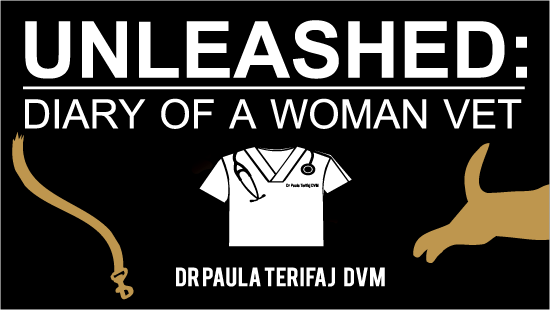It was sometime in the year 2000 when I discovered a newly published book by Donald R. Strombeck, DVM, PhD – my favorite professor at UC Davis. I never had an innate interest in the rather gross subject of gastroenterology. Not really. It was how this particular professor presented the subject material, making it both interesting and practical. I actually looked forward to his lectures and came to loath all others that expected rote memorization. His lectures turned vomiting and diarrhea into challenging mysteries to solve. As he presented us with different patient scenarios – describing the history and symptoms followed by laboratory results to study – Stombeck was teaching us how to diagnosis and prescribe treatments in the real world. He set the stage and we performed well, or failed, like real doctors. Because many of our pet patients fall into the GI category – complaints of poor appetites, weight loss, vomiting and diarrheas of unknown causes – it was critical to master the subject material. I kept his notes for many years. Surprisingly, his newest book was not another medical textbook. It was his indictment of the pet food industry. Full disclosure that vets have been duped by the pet food industry. I was curious to locate it and excited to read the title,
Home-Prepared Dog and Cat Diets: The Healthful Alternative. He let the cat (and the dog) out of the bag.
Fourteen years after he had helped graduate the Class of 1986, he blew the whistle on the pet food industry. In a November 2008 interview, he had this to say when asked about the pet food industry:
“It has become a gigantic, multibillion-dollar industry. The industry learned to advertise and describe their products as being the “best,” at least according to them. But they have tried to control the education of veterinarians on pet nutrition. They send a lot of literature and books to veterinarians who teach. One of the dogmas they have promoted, and that many veterinarians have bought into, is that you should only feed commercial pet foods because they are balanced and provide everything an animal needs. And that you shouldn’t feed any human food or add any table scraps to it. So, if you go to most veterinarians, that is what they are going to tell you. Most of the money available for research on small-animal nutrition comes from the industry as well. It is a conflict of interest.
AAFCO is a mutual admiration society representing the pet food industry. They are from the industry. They say that they can police themselves and don’t need any government interference. And that’s the way it operates. There haven’t been any changes there, and so the only thing that will cause them to change the way they do things is if they lose a lot of money from scares like pet food recalls.”
It would be an honor for me to pin an award on my esteemed university professor for telling the public the gritty truth. To the readers of his book, he had this to say:
“Pet foods are not always nutritionally complete and balanced. Problems develop because of nutrient deficiency or excess. Thereby, diets and eating habits can contribute to medical problems and reduced life expectancy” Here was his reprimand delivered to the pet food industry:
“Pets are breaking down from disease at an unpresented rate from a variety of problems. Why are so many pets getting cancers, renal failure, hepatic diseases, multitudes of skin and coat problems? Diseases and illnesses we simply should not be seeing. Illnesses and poor nutrition affect each other.”
It was all the validation I needed to satisfy my growing skepticism. After reading it cover to cover, eager clients took home pet food recipes on photocopied pages. Their enthusiasm signaled the time was ripe for a sea change. Pet owners had finally been given permission and Strombeck’s blessing. It was more than okay to feed pets people food – it was far better. There was no higher authority to challenge this edict. The begging canine furball had been right all along. A true carnivore by nature – dogs thrive on meat and animal fat. Our pet carnivores (cats and dogs), have no nutritional need for carbohydrates. None. There is only one reason they are so heavily used in typical commercial diets. Money.
Inspired by Strombeck’s collection of easy to cook pet food recipes, and impressive responses by my patients, I was hooked. I called this new venture,
The Dogie Bag. I did not inherit the cooking gene, but the idea of mixing together ground turkey meat, eggs (plus dried egg shells for calcium), and broccoli seemed simple enough. I scooped the concoction into mini-bread pans and popped them in the oven. The smell made me hungry enough to eat the loaves myself. So, I often cheated and did. Meaty Mutt Loaf, as I would call the first item on the Dogie Bag menu, was a hit. Next, came the delivery of a glass door freezer in my hospital lobby for display. About one year later, I crowned myself royal dog chef and leased space in a Palm Springs shopping mall to open a commercial kitchen and cook even more meatloaves. I was a three-day weekend warrior dog chef commuting back to Orange County to resume my other life – the veterinarian. This double life lasted about two years before it was time to hang up the apron. The expenses and debts of this new part-time enterprise became an accounting disaster. Numbers do not lie, and I was exhausted. My entrepreneurial spirit had overlooked the need for key partnerships and better planning. Hindsight is a bitch.
Soon, other dog chefs started popping up everywhere with their own versions of home cooked meals. I watched a trend become a full-fledged movement. If you are ready to don your dog chef apron, be sure to follow the advice of well qualified sources, like
BalanceIT.com and
The Whole Dog Journal. Or consult the
Daily Canine Diet Guidelines Food Chart with its corresponding
Food Calculator on blog post: What’s Wrong with Popular Pet Food Diets? Everything! Posted November 21. 2018.
Grocery shopping can be cost effective (especially when using eggs as a protein source) and as a bonus, your pet will never fall victim to future pet food recalls. Later, I would graduate to embrace raw pet food diets. This took a little more convincing. Feeding raw (meat, organs and bone) is going one big step further. Do your homework first. Consult
PetFoodAdvisor.com for the best bands to buy or study the works of Australian veterinarian
Dr. Ian Billinghurst, father of the BARF diet (Biologically Appropriate Raw Food).
Side stepping the pet food industry with cooked or raw food diets is the single most important decision pet owners will ever make. Make the investment. The return on your money will guarantee your pet’s optimum health and wellbeing. Illness is a heavy price to pay.
Bottom line: Food is the best veterinary insurance policy you can buy. Skip the pet store – shop at your favorite meat counter.

